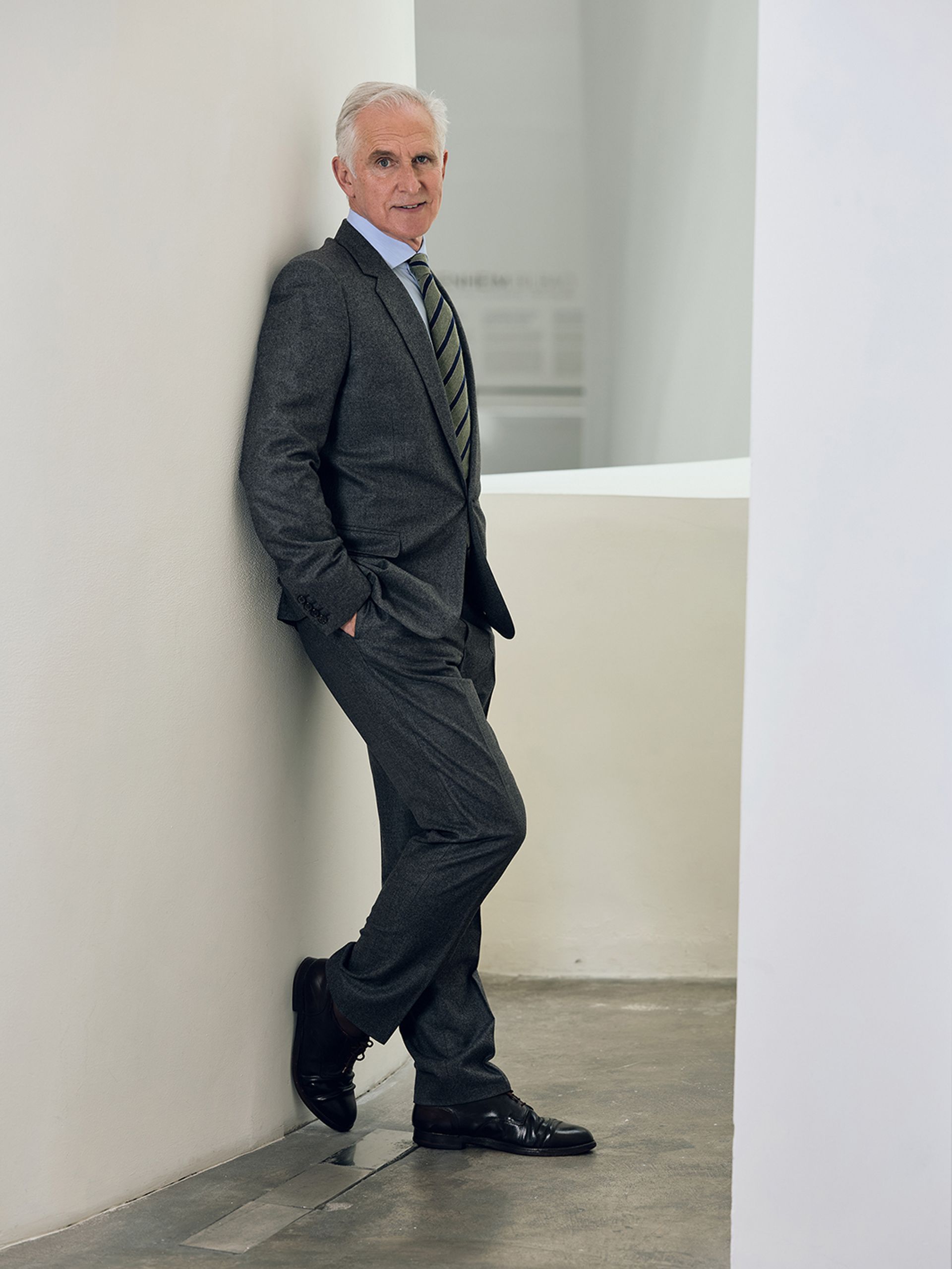Juan Ignacio Vidarte, who announced in June that he is resigning as the director of the Guggenheim in Bilbao this year, has overseen one of the most extraordinary museum successes of our time. The architect Frank Gehry’s spectacular gleaming glass- and titanium-clad building is credited with turning a decaying port city into an international cultural tourism destination and Instagram favourite—a phenomenon that has become known internationally as the “Bilbao effect” and which many have sought to emulate.
Vidarte has been there from the beginning, overseeing the museum’s development from 1992 and serving as its founding director since it opened in 1996. He leaves after visitor numbers reached a record of 1.3 million in 2023. Once his replacement is found, Vidarte will remain at the museum as the director emeritus.
The Art Newspaper: What were the ingredients behind the success of the Guggenheim Bilbao?
Juan Ignacio Vidarte: One of the elements of the equation was the nature of the partnership between the Basque public institutions and the Guggenheim Foundation, which were almost as different partners as you could imagine, but shared a common goal. There was also the genius of Frank Gehry, whose building was another major part of the equation.
Another element, which I think sometimes is overlooked when discussing the “Bilbao effect”, is that the museum was part of a broader transformation plan. This was not some kind of magic, where a city in decline gets a flamboyant building and then everything changes. The Guggenheim was an important factor of Bilbao’s transformation, but this process was already underway, and it continued after the opening. We were ahead of our time in understanding the transformative power of culture, which wasn’t really understood 30 years ago, and in understanding the new functions that museums were developing at the end of the 20th century beyond the core goals of preserving, collecting and displaying—focusing on the visitors’ experience, on social engagement, education and even entertainment.
Other cities have attempted to replicate the “Bilbao effect”. Can the model be reproduced?
I don’t think replicating is the correct idea because each city will face different problems. Not understanding that the Guggenheim Bilbao was part of a broader plan I believe is the reason why, in many cases, the results fall short. There are places that I think are doing it right. I’m thinking of the Guggenheim Abu Dhabi. Abu Dhabi and Bilbao are confronting a different set of goals, but they share this idea of the power of culture as a tool for transformation, and the museum is part of a holistic plan.

Juan Ignacio Vidarte: “This project has been part of my life for 30 years”
Photo: Market Redondo, © FMGB
What were the main challenges you faced as director?
Initially, the main one was to open the museum with a scope of operation equivalent to that of a 20-year-old institution in terms of quality and ambition. This wasn’t easy. Since the success was bigger than expected, we had to adapt to keep up with attendance, which is a nice problem to have but nevertheless a challenge. Then, once we reached a certain cruise speed, we had to avoid growing too accustomed to success and continue reinventing ourselves to remain relevant. Currently, two of our major challenges are the digital transformation of the museum and being a net zero institution by 2030.
If you had to plan a museum like the Guggenheim today, how would it be different?
Obviously, the building would be different. We now have considerations in terms of sustainability and the way visitors interact with the museum and its programmes has changed, too. But as for the rest, I think there would be many common points, in particular the approach of transformation through the power of culture.
Museums have found themselves as the backdrop of climate protests. What is their role in addressing sustainability?
I think museums have probably been targeted because of their relevance. We are prominent social institutions, and so we’re obviously the focus of protests that sometimes have nothing to do with what the museum does. But I believe museums have a responsibility in trying to minimise the impact on the environment and in being role models, demonstrating that things can be done differently without affecting the standards of operation.
When this museum was built, it didn’t matter how much gas we burned, how much material we did not recycle. Now, we understand that this is not the way to go. We were among the first museums globally to measure its carbon footprint, doing it gradually since 2019 and including direct and indirect emissions in 2022. By the end of 2025, our goal is to cover 100% of the museum’s activities, including the remaining areas like events and retail.
What will you miss about the job?
Everything. This project has been part of my life for over 30 years. It has been a privilege to work in this incredible building, surrounded by amazing works of art every day.
What is your favourite artwork from the collection?
The Matter of Time by Richard Serra. I think that it embodies like none other the DNA of the museum, being the result of an artist commissioned to work within a space imagined by another artist. It’s this capacity of making something new at such a scale and quality to offer a unique experience of exceptional interaction between art and architecture.
What is the next big thing for the Guggenheim Bilbao?
The next exciting chapter is about to open as I move out. It will be an opportunity for a new generation of leaders to develop their project. The institution is in a very healthy situation to be able to confront that change.


